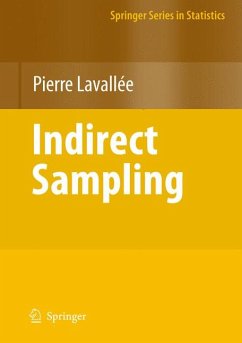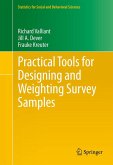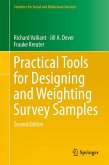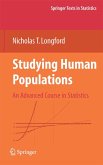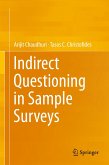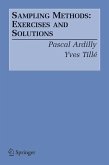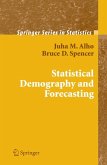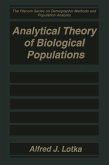The example of a survey of children where the statistician only has a list of adult persons is a typical case. In this case, the statistician first draws a sample of adults, and for each selected adult, the statistician then identifies his/her children. The survey is done from the latter. This is what is called indirect sampling.
When indirect sampling is used jointly with the sampling of clusters of persons (families, for example), many complications arise for the survey statistician. One of the complications relates to the computation of the estimates from the survey. The production of estimates of simple totals or means can then become nightmares for the survey statistician. To solve this problem, the author proposes a simple solution, easy to implement, that is called the generalised weight share method.
This book is the reference on indirect sampling and the generalised weight share method. It contains the different developments done by the author on these subjects. The theory surrounding them is presented, but also different possible applications that drive its interest. The reader will find in this book the answer to questions that come, inevitably, when working in a context of indirect sampling.
Pierre Lavallée has been a survey statistician at Statistics Canada since 1985. He gas worked in social, business, and agricultural surveys. He has also worked for Eurostat in Luxembourg.
Dieser Download kann aus rechtlichen Gründen nur mit Rechnungsadresse in A, B, BG, CY, CZ, D, DK, EW, E, FIN, F, GR, HR, H, IRL, I, LT, L, LR, M, NL, PL, P, R, S, SLO, SK ausgeliefert werden.

